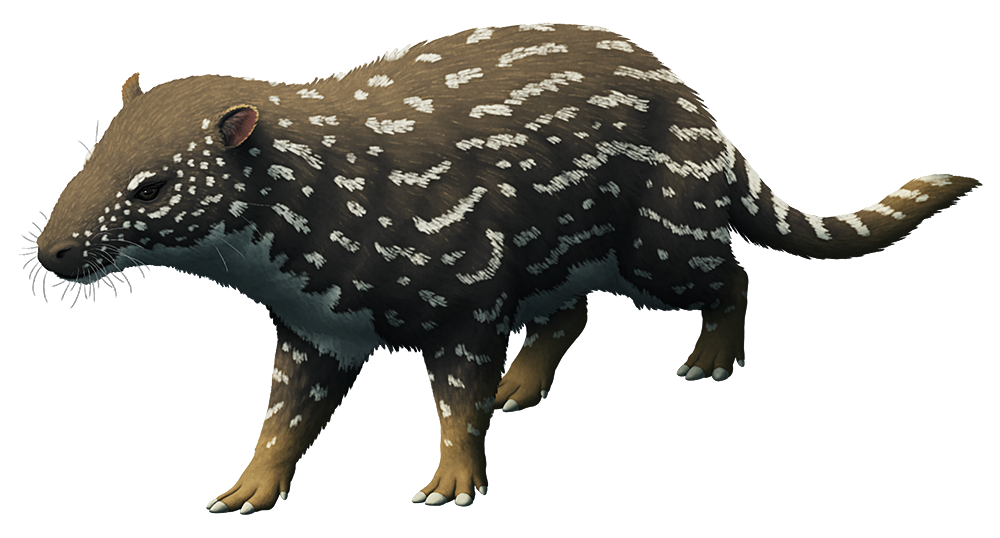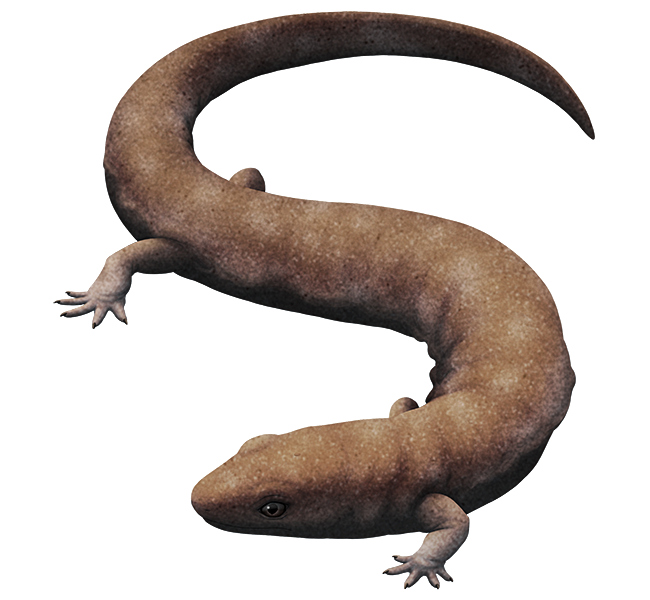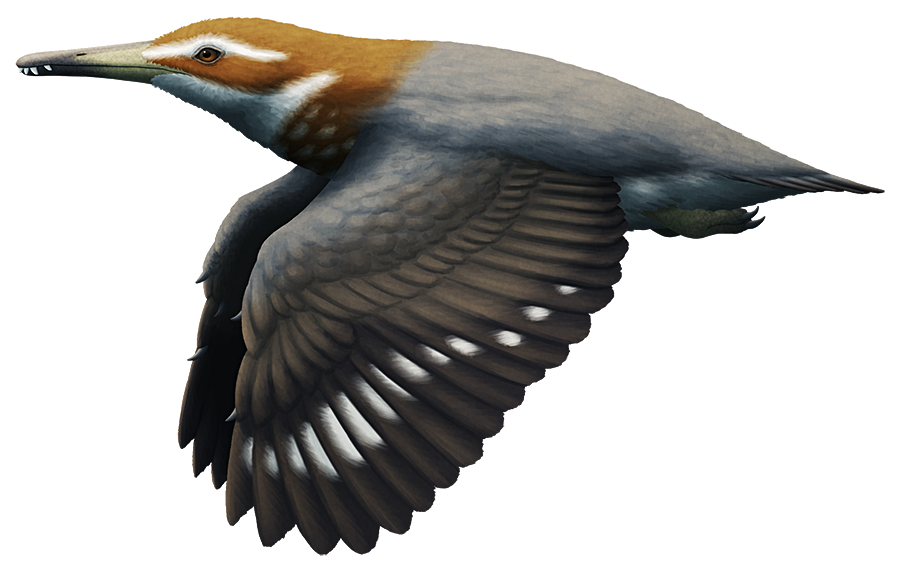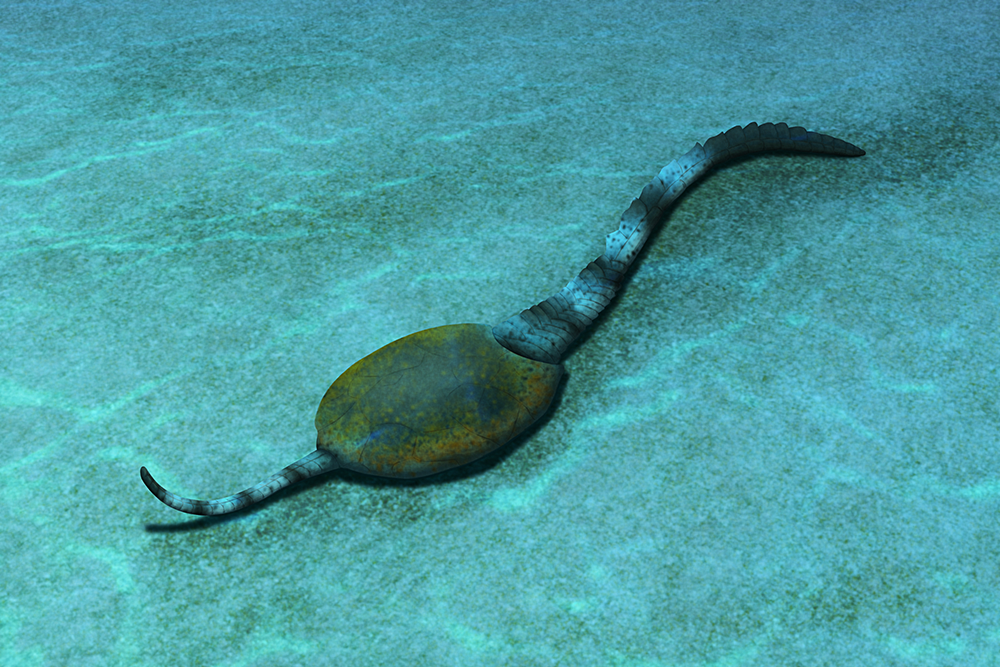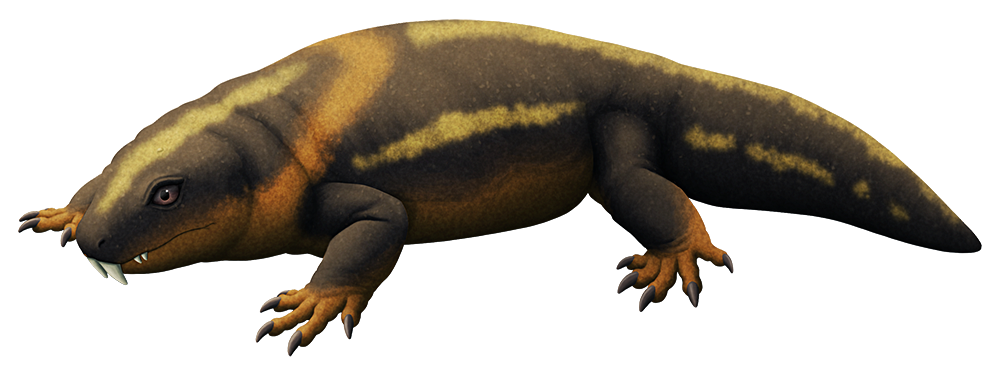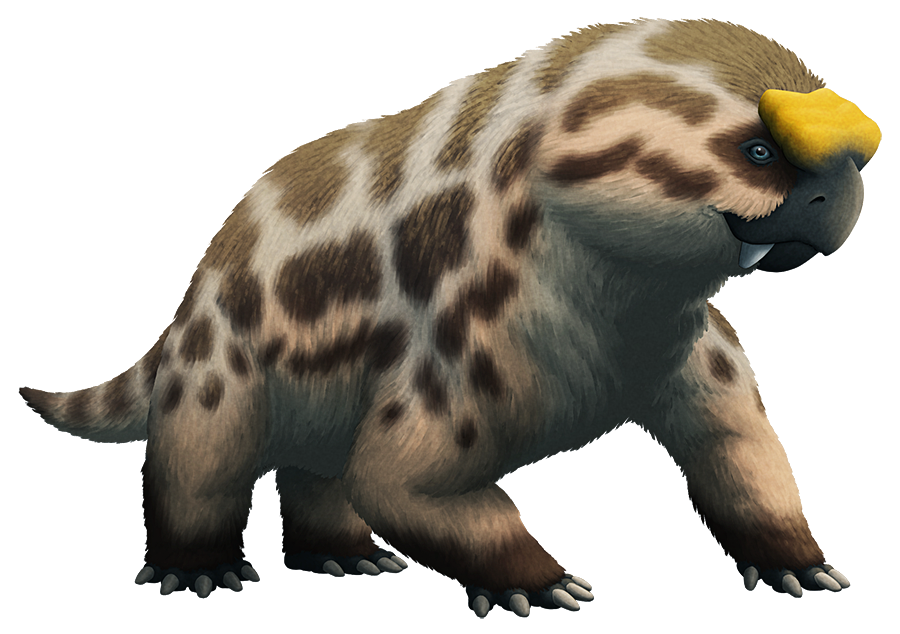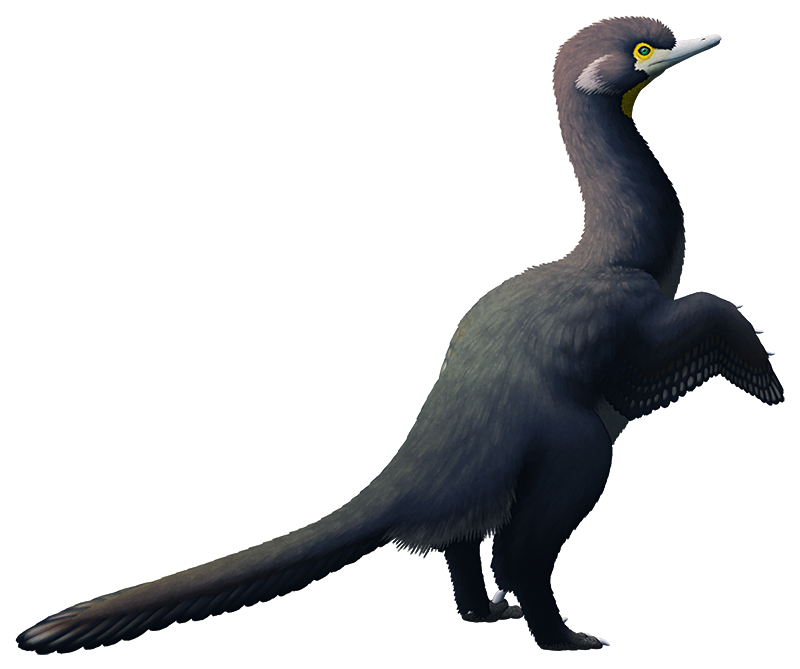Boverisuchus magnifrons*, a crocodilian from the early Eocene of Germany (~50-40 mya). Reaching about 3m long (9′10″) it was much more heavily armored than its modern cousins, with an interlocking “exoskeleton” of bony osteoderms covering its body and limbs – leading to it being given the nickname “panzer croc”.
It was adapted for walking and running on land, with relatively long legs and surprisingly hoof-like claws. It may even have carried its weight directly on these hooves similar to mammalian ungulates.
And if that’s not unusual enough, its hind leg musculature suggests it also might have been capable of short bursts of bipedal sprinting.
[ * Originally known as Pristichampsus rollinatii before being reassigned in 2013.]


